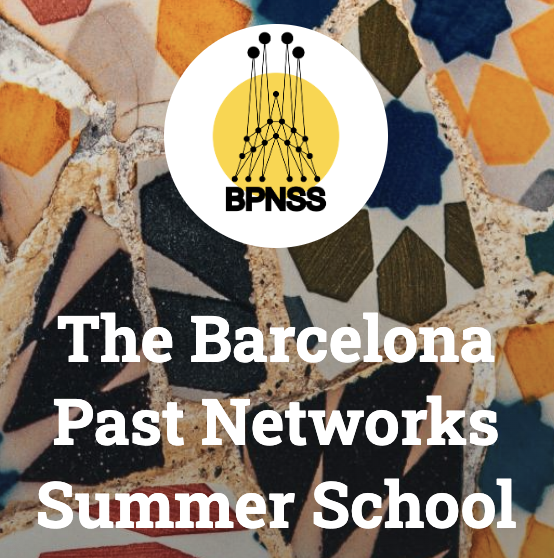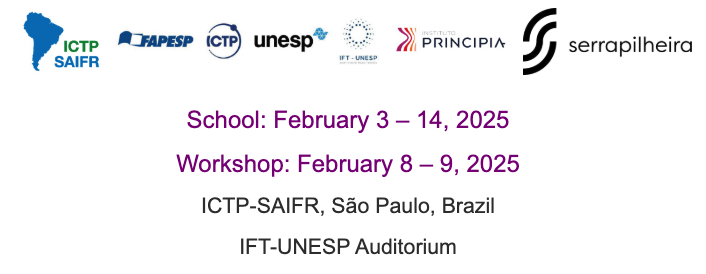The Barcelona Past Networks Summer School
albert | events | 07/07/2025

At a glance
- Annual 4-day summer school in Barcelona (1-4 July 2025)
- Teaching the theory and practice of network research
- For those studying the human past (historians, archaeologists, classicists, …)
- No prior computational skills required, but willingness to learn
Details
Network approaches are commonly used in diverse studies of the human past. For example, analyzing letter correspondence in 16th century England, mapping the similarity of material culture in the prehispanic US Southwest, reconstructing ancient Roman family ties as revealed through funerary inscriptions, and much more. Such research is supported by thriving international communities, conference series, a journal, and textbooks. But dedicated training in the theory and practice of network research is missing in most history and archaeology degree programmes.
The Barcelona Past Networks Summer School addresses this educational gap. It provides an annually recurring opportunity to learn what network research is, how it can be usefully and critically applied to the study of the human past, through hands-on practicals and critical lectures. The content is curated and delivered by leading experts in the field, and the summer school is a joint effort of the main international scholarly communities in past networks research. The summer school is developed for those establishing or developing their studies and research on the human past (archaeologists, historians, classicists, …).
If you aim to perform network research but your own institutional or educational context cannot support you in this specialism, then this summer school is perfect for you. No prior mathematical, computational or coding experience is needed, but a willingness to work with and learn computational and coding approaches is necessary, given the strong practical focus of the summer school.




